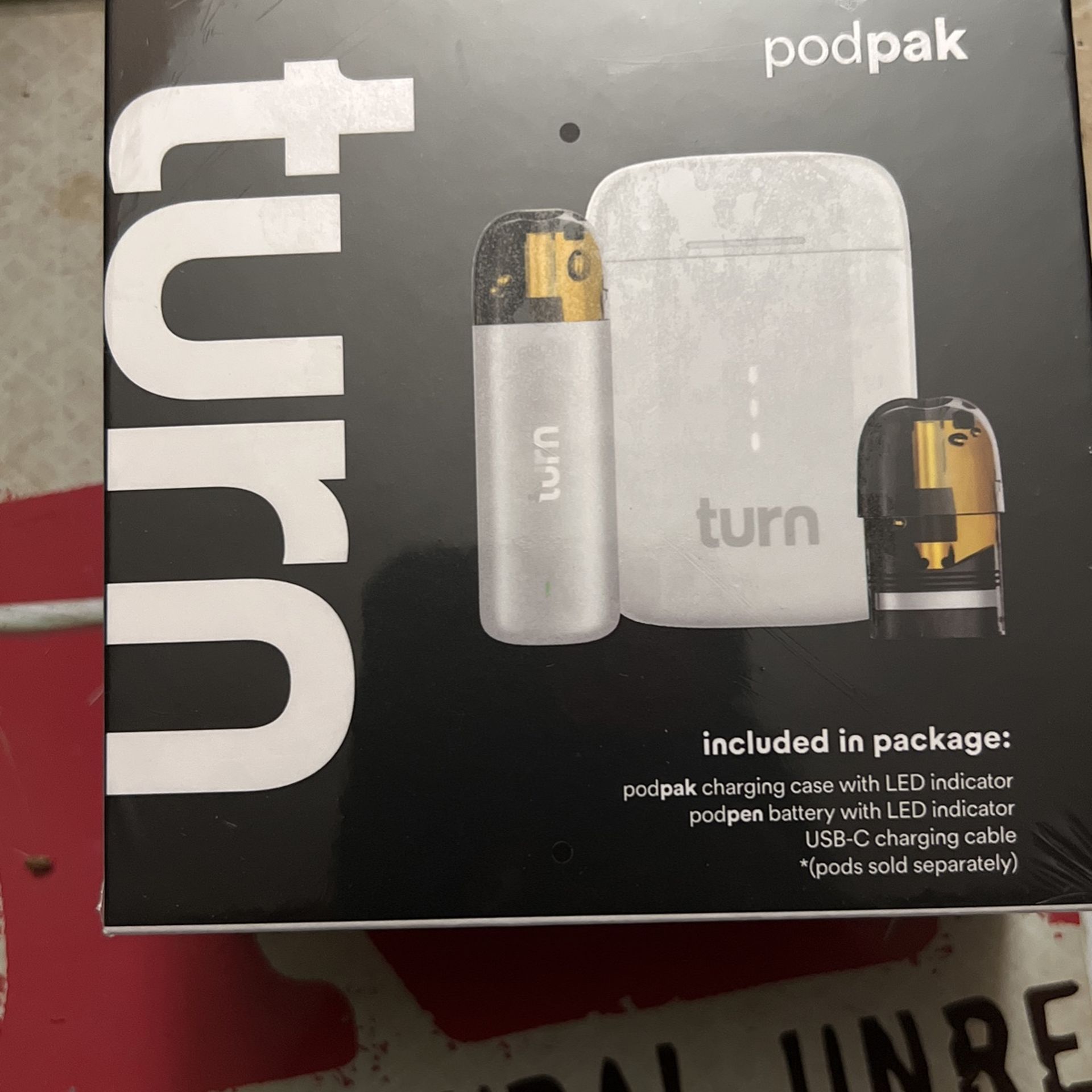Turn Products Top-Selling Vape Accessories: Tips and Methods
Turn Products Top-Selling Vape Accessories: Tips and Methods
Blog Article
The Ecological Impact of Disposable Vapes: Are They Really Sustainable?
As society progressively shifts towards eco-conscious intake methods, the sustainability of items has actually come under examination more than ever in the past. Disposable vapes, a booming market sector in the vaping sector, have stimulated debates concerning their environmental influence. The ease and ease of use that non reusable vapes offer are obvious, however below the surface area lies a complicated internet of environmental effects that question concerning their true sustainability. With worries varying from resource extraction to garbage disposal, delving into the ecological impact of disposable vapes reveals a complex issue that is entitled to better exam.
Environmental Effect of Disposable Vapes

Unlike standard vapes that can be replenished and reused, disposable vapes are designed for a single-use cycle, leading to a quick accumulation of electronic waste. The manufacturing process of non reusable vapes likewise consumes beneficial resources and energy, more intensifying their ecological footprint. Inappropriate disposal of these devices can cause dirt and water contamination, posing dangers to wild animals and ecosystems.

Production Refine and Resource Consumption
Throughout the manufacturing of non reusable vapes, considerable amounts of resources and power are taken in, contributing to their general environmental effect. In addition, the manufacturing of non reusable vapes typically involves the usage of non-renewable sources, even more diminishing finite products.
Furthermore, the manufacturing of disposable vapes also produces waste and pollution. Manufacturing facilities producing these gadgets may release harmful chemicals and results into the water, air, and soil, influencing regional environments and communities. The disposal of making waste, such as plastic scraps and electronic parts, can better exacerbate ecological destruction if not taken care of properly. Consequently, the production process of non reusable vapes plays a considerable duty in their total environmental footprint and sustainability factors to consider.
Waste Generation and Disposal Difficulties
In light of the resource-intensive manufacturing procedure of non reusable vapes, the administration of waste generation and disposal provides substantial ecological obstacles. Non reusable vapes contribute to the mounting issue of electronic waste due to their single-use nature and complex composition.
Furthermore, the inappropriate disposal of non reusable vape cartridges, which usually include residual pure nicotine and various other harmful substances, can contaminate the atmosphere if not handled properly. The lack of standard recycling programs for these cartridges exacerbates the trouble, with numerous finishing up in regular waste streams.
To resolve these waste generation and disposal difficulties, it is crucial for producers to make more lasting vape items that are simpler to reuse. Additionally, raised understanding and education and learning on proper disposal click this techniques amongst consumers are critical in reducing the ecological impact of disposable vapes.
Chemicals and Poisonous Materials Use

In addition, the batteries in non reusable vapes include hefty metals such as lead, lithium, and cadmium, which are damaging to the environment otherwise recycled suitably. Turn products. Improper disposal of these batteries can cause soil and water contamination, posing threats to environments navigate here and human health and wellness. The prevalent use of chemicals and hazardous products in non reusable vapes emphasizes the relevance of taking on sustainable methods in their usage, disposal, and production to minimize damaging ecological influences.
Lasting Alternatives and Solutions
What lasting choices and remedies can be implemented to deal with the environmental impact of disposable vapes? One significant choice is the fostering of refillable or rechargeable vape tools. By picking tools that can be billed and re-filled with e-liquid, customers can dramatically lower the quantity of waste created from non reusable vapes. Furthermore, promoting accountable disposal methods for non reusable vapes, such as recycling programs, can help mitigate the environmental effects connected with these products.
An additional lasting service is the development of biodegradable vape parts. Manufacturers can discover using eco-friendly products for vape casings, cartridges, and product packaging to reduce the lasting environmental influence of these products. Encouraging the use of vaping items with fewer chemical ingredients and contaminants can likewise add to a much more lasting vaping sector.
Education and learning and understanding campaigns can play an essential duty in promoting lasting methods amongst vapers - Turn products. By notifying consumers regarding the ecological effect of disposable vapes and highlighting the advantages of green alternatives, people can make even more enlightened choices that line up with environmental preservation initiatives. Ultimately, a mix of regulatory steps, technical technologies, and consumer actions is important to address the environmental difficulties presented by non reusable vapes
Verdict
In conclusion, the environmental influence of non reusable vapes is substantial as a result of the manufacturing process, resource consumption, waste generation, and use chemicals. Lasting options and options need to be thought about to reduce these negative results. It is critical for useful source suppliers and customers to prioritize eco-friendly practices to decrease the environmental harm triggered by disposable vapes.
The ecological influence of non reusable vapes is a growing issue as their widespread usage adds to plastic waste build-up.Unlike conventional vapes that can be filled up and reused, non reusable vapes are made for a single-use cycle, leading to a quick build-up of electronic waste. The widespread usage of chemicals and hazardous materials in disposable vapes emphasizes the relevance of embracing sustainable practices in their production, usage, and disposal to alleviate unfavorable ecological effects.
By informing customers regarding the environmental influence of disposable vapes and highlighting the advantages of green options, people can make even more informed selections that straighten with environmental preservation efforts.In verdict, the environmental influence of disposable vapes is considerable due to the manufacturing process, source intake, waste generation, and use of chemicals.
Report this page